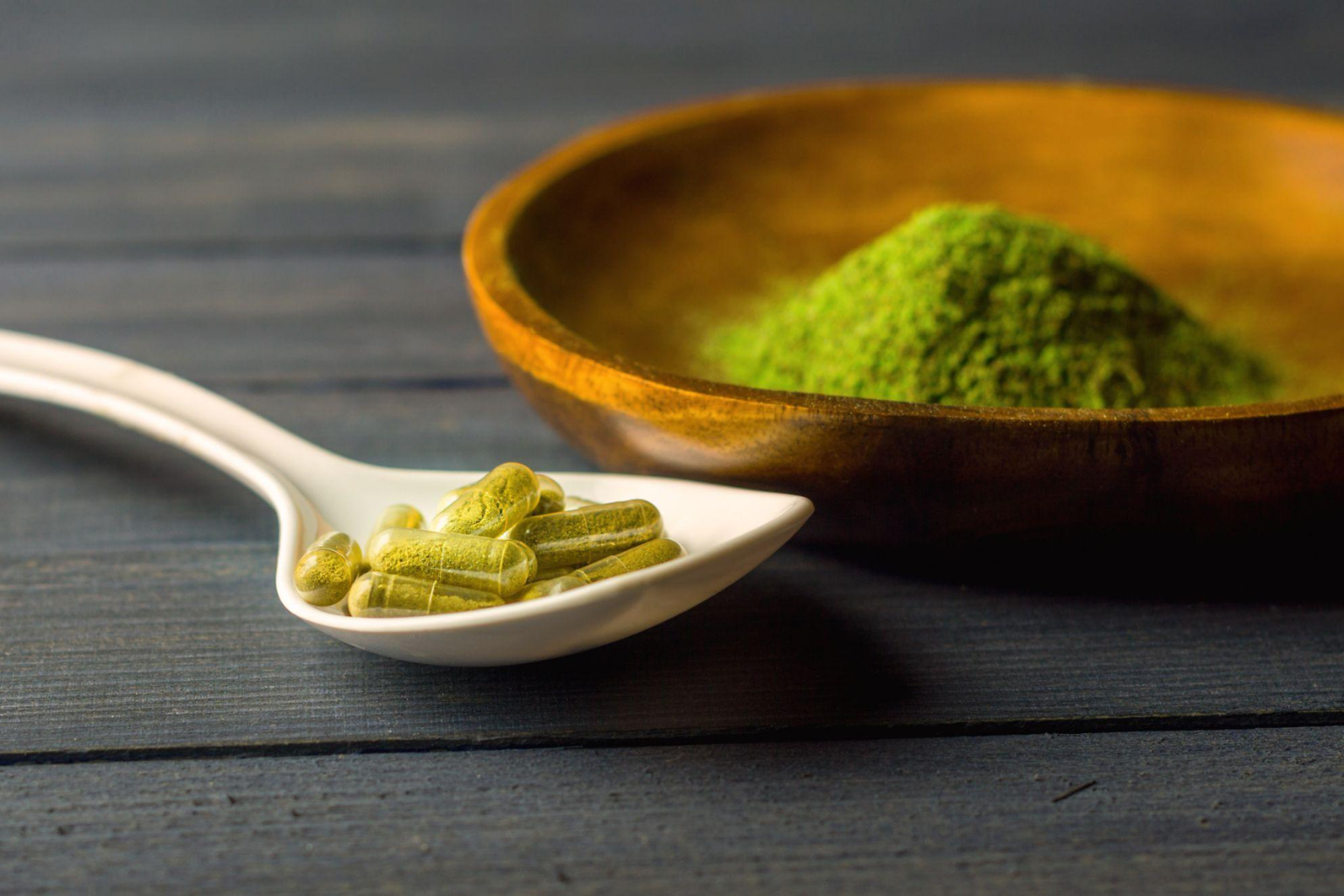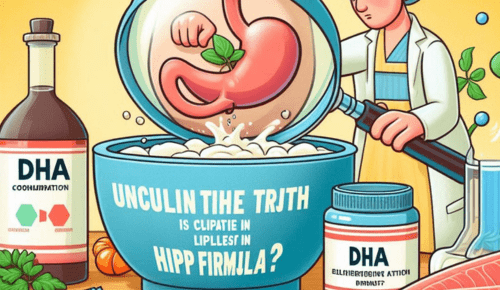Kratom Storage and Preservation: Maximizing Freshness and Potency

Proper storage of kratom is essential for maintaining its freshness, potency, and overall quality over time. Whether you’re a long-term enthusiast or new to kratom and researching where to buy kratom in Canada, understanding optimal storage methods can significantly impact your experience with this botanical.
Understanding Kratom Degradation
Like many botanicals, kratom contains organic compounds that naturally degrade over time. The primary alkaloids in kratom—mitragynine and 7-hydroxymitragynine—are relatively stable molecules, but they can break down when exposed to certain environmental factors. This degradation process not only reduces potency but can also alter the overall profile of the plant material.
The primary factors that accelerate kratom degradation include:
- Ultraviolet light exposure
- Oxygen exposure
- Heat fluctuations
- Humidity and moisture
- Bacterial and mold growth
Research suggests that mitragynine can degrade by approximately 7% per month under suboptimal storage conditions. However, with proper storage techniques, this degradation can be significantly reduced, extending the shelf life of kratom powder from several months to potentially years.
Optimal Storage Containers
The choice of storage container plays a crucial role in preserving kratom quality. Glass containers offer several advantages over plastic, as they don’t leach chemicals, are impermeable to air, and don’t retain odors. Mason jars with airtight seals are particularly effective for kratom storage, providing an excellent barrier against oxygen and moisture.
If using plastic containers, opt for food-grade options made from high-density polyethylene (HDPE) or polypropylene (PP), which are less likely to interact with the stored botanical material. Regardless of the container material, ensure it has an airtight seal to minimize oxygen exposure.
Some specialized storage options include:
- Vacuum-sealed containers that remove oxygen from the storage environment
- Miron glass (violet glass) containers that block harmful light wavelengths while allowing beneficial ones
- Stainless steel containers that offer complete light protection and durability
For those storing larger quantities, consider dividing your kratom into smaller portions with individual containers. This approach minimizes exposure to the entire supply each time you access it, reducing cumulative oxidation over time.
The Role of Light Protection
Light—particularly ultraviolet light—can significantly accelerate the degradation of kratom alkaloids. Studies on similar plant compounds suggest that UV exposure can break molecular bonds and trigger oxidation reactions that degrade active constituents.
To protect against light damage:
- Store kratom in opaque containers that completely block light
- If using transparent containers, keep them in a dark cabinet or drawer
- Avoid storing kratom near windows or areas with direct sunlight
- Consider amber, cobalt blue, or miron violet glass containers that filter harmful UV wavelengths
Some evidence suggests that different light wavelengths affect kratom differently, with blue and ultraviolet light potentially causing more rapid degradation than red wavelengths. This makes specialized light-filtering containers particularly valuable for long-term storage.
Temperature Considerations
Temperature stability is another critical factor in preserving kratom quality. Heat accelerates most chemical reactions, including the oxidation processes that degrade kratom alkaloids. Conversely, cooler temperatures slow these reactions, extending shelf life.
Optimal temperature conditions include:
- Room temperature (68-72°F or 20-22°C) for short-term storage
- Refrigeration (35-40°F or 1-4°C) for medium-term storage
- Freezing (below 32°F or 0°C) for long-term preservation
If refrigerating or freezing kratom, it’s essential to use airtight containers and allow the kratom to return to room temperature before opening to prevent condensation from forming inside. Moisture introduction during temperature changes can be particularly problematic, potentially leading to mold growth.
Temperature fluctuations can be more damaging than consistent warmth, as they can lead to condensation cycles within the container. Try to store kratom in locations with stable temperatures rather than areas that experience significant daily temperature swings.
Humidity and Moisture Control
Moisture is perhaps the greatest enemy of stored kratom, as it can quickly lead to mold growth and bacterial contamination. Properly dried kratom powder should have a moisture content below 10%, creating an environment inhospitable to most microorganisms.
To control humidity:
- Use desiccant packets (silica gel) inside storage containers to absorb moisture
- Consider oxygen absorbers that also help control relative humidity
- Store kratom in a low-humidity environment whenever possible
- Always use dry utensils when handling kratom to avoid introducing moisture
- Vacuum-sealed packages can provide an additional barrier against moisture
Some advanced storage approaches involve using boveda packs, which maintain a specific relative humidity level (typically 62%) that preserves botanical materials without over-drying them. These two-way humidity control packs can be particularly useful in environments with fluctuating humidity levels.
Long-Term Preservation Techniques
For those interested in preserving kratom for extended periods, several advanced techniques can be employed:
Vacuum sealing is highly effective for long-term storage, as it removes oxygen that would otherwise contribute to oxidation. Combined with light protection and temperature control, vacuum-sealed kratom can potentially maintain quality for years rather than months.
Freezing properly prepared kratom can significantly extend its shelf life. To freeze effectively, ensure the kratom is completely dry, vacuum seal or store in airtight containers, and allow it to reach room temperature before opening to prevent condensation.
Some enthusiasts report success with inert gas preservation, which involves displacing oxygen in the storage container with nitrogen or argon before sealing. This creates an environment where oxidation reactions are virtually impossible, though this technique requires specialized equipment.
Signs of Degradation
Understanding the signs of kratom degradation helps you monitor storage effectiveness and discard product that may no longer be at its peak quality:
- Color changes: Fresh kratom typically has a vibrant green hue that fades to brown or gray as it degrades
- Aroma changes: The distinctive earthy smell of fresh kratom diminishes over time
- Texture changes: Properly stored kratom powder should remain fine and fluffy, while degraded kratom may clump or become hard
- Visible mold: Any signs of mold growth (white, green, or black spots) indicate improper storage and the kratom should be discarded
- Unusual tastes: Changes in taste can indicate chemical changes in the stored botanical
Regular inspection of stored kratom helps identify potential issues before they affect the entire supply. If storing multiple containers, consider implementing a rotation system similar to food storage, using older supplies first while maintaining appropriate documentation of purchase and storage dates.
Practical Storage Systems
Developing a practical storage system helps maintain kratom quality while keeping it organized and accessible:
- Label all containers with strain name, vendor, and date of purchase
- Store different varieties separately to maintain their unique profiles
- Consider a multi-tier storage approach: daily-use container, short-term storage, and long-term storage
- Maintain an inventory system to track quantities and rotation
- Store larger quantities in optimal long-term conditions while keeping smaller amounts in more accessible containers
With proper storage techniques, kratom can maintain its freshness and potency for extended periods, ensuring consistent quality and effectiveness when used. By understanding the factors that affect kratom degradation and implementing appropriate storage methods, you can maximize the lifespan of your botanical materials and enjoy optimal experiences.
Leave a Reply
You must be logged in to post a comment.




Leave a Comment